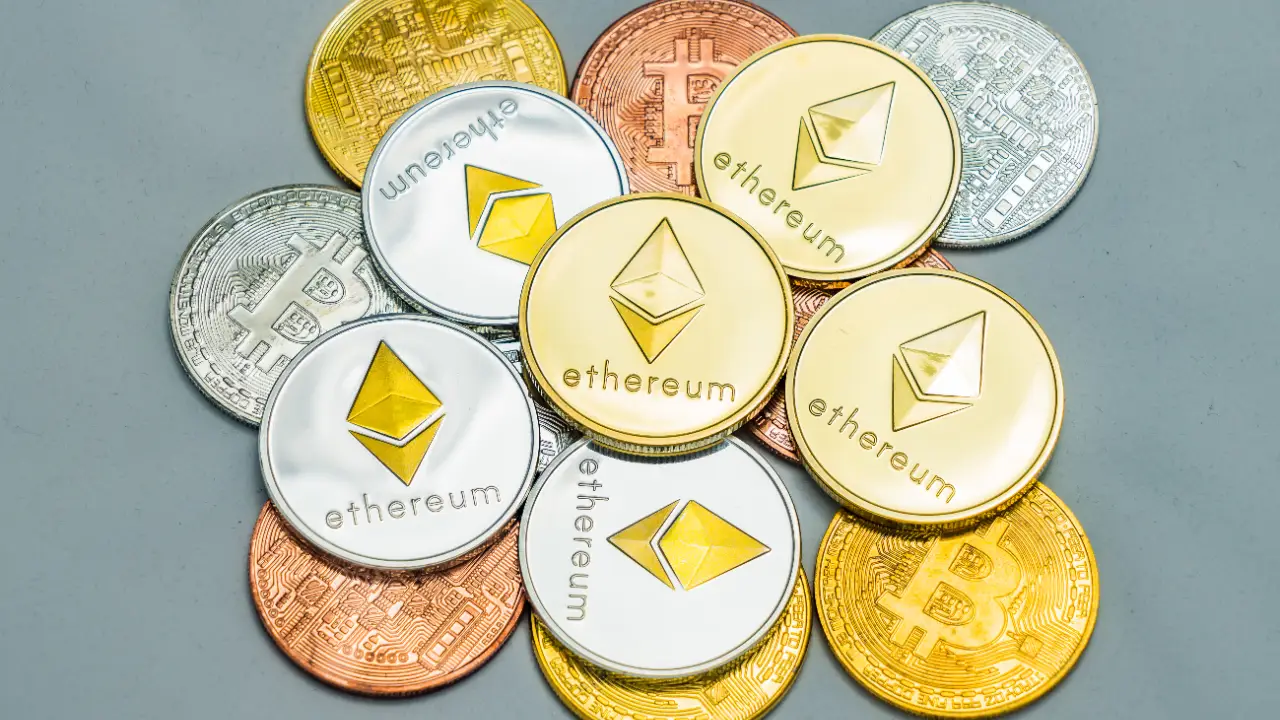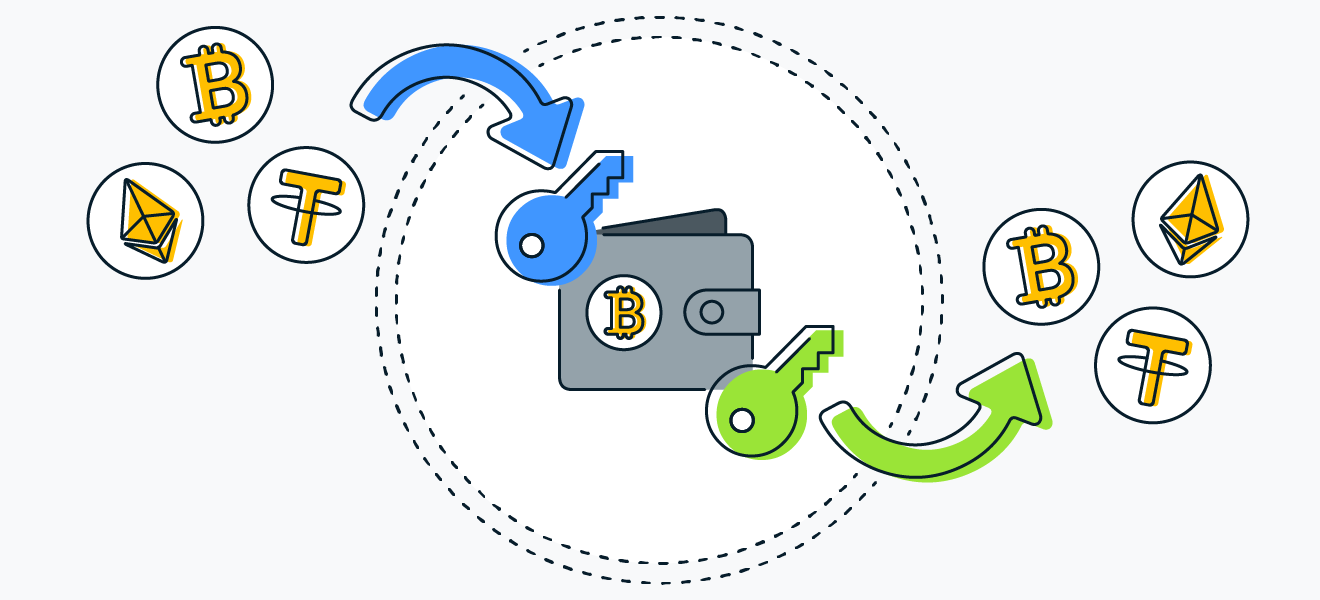Researching cryptocurrency projects before investing is like gearing up for a deep-sea dive. You wouldn’t jump into murky waters without checking your equipment, right? Similarly, before you dive into the digital currency pool, you must navigate the sea of details surrounding each crypto project. If you skip this, you might as well be tossing your coins into a wishing well. I’ve been through the highs and lows, and trust me, that thrill of a wise investment beats the shock of a bad one — every time. So, let’s take the plunge together, starting with whitepapers and winding our way to what really pumps value into a cryptocurrency. Join me as we unravel the arcane secrets of the blockchain universe to secure your financial future. Buckle up, because you’re about to become a savvy crypto explorer, and I’m here to guide you every step of the way.
Initiating Your Due Diligence Journey
Understanding Whitepaper Fundamentals
When you dive into a crypto project, start by reading its whitepaper. This document lays out the project’s vision, tech specs, and how it solves real problems. Ask yourself, does this project need blockchain? Check if the whitepaper covers the topics in depth. Make sure it includes a clear description, use cases, and the team’s vision for the future.
Whitepaper Assessment Criteria
A good whitepaper is detailed and clear. It should have a real-world problem, the solution, how the token works, and the plan for the future. See if it states the number of tokens and how they’ll be used. A whitepaper that’s hard to understand might be a red flag.
Evaluating the Team Behind the Project
Next, let’s talk about who’s running the show. Look for the team’s background in the crypto space. Do they have experience and past success? This can help tell if they’re likely to do well.
Blockchain Project Team Credentials
A strong team often means a strong project. Check the team’s history on LinkedIn and past projects they’ve worked on. A transparent team with known faces adds trust.
Remember, choosing good crypto investments starts with thorough research. Take your time and don’t skip the details. This careful approach is your best bet to make wise investments and avoid the hype that can lead to losses.
Analyzing the Economics of Cryptocurrencies
Tokenomics and Their Impact on Value
Tokenomics can make or break a crypto project. What is tokenomics? Simply put, it’s the plan for a crypto coin’s future. Think of tokenomics as a map. It shows where a coin can go and how it can get there. The best tokens have a clear, smart map. Bad ones? Not so much. Let’s break down what makes good tokenomics.
First, look at supply. A coin has a max amount, known as a cap. If there’s a small supply, a coin may be worth more. But, if there’s too much, it might be worth less. Next is demand. If people want a coin, the price could soar. If they don’t, it drops.
Good tokenomics balance supply and demand. They also say how coins are made and shared. Is it fair, or are a few in charge? This can affect a coin’s trust and value. Also, tokenomics can reward you for holding or using the coin. This gets more people to join in, lifting the coin’s value.
Market Capitalization and Liquidity Insights
Now, let’s talk size and flow, or market cap and liquidity. What’s market cap? It’s the coin’s total value. You get it by multiplying the coin’s price by how many exist. This shows how big a coin’s economy is. A tiny market cap may mean big risk. A huge cap means many trust the coin.

Liquidity is about moving your money. Can you buy or sell easily? Or is it hard to find a trade? High liquidity means you can move money fast. It’s like a busy shop with lots to buy and sell. Low liquidity is like a quiet shop. There’s less action, so it’s harder to trade.
The best coins have a healthy flow. When cash moves well, it’s easier to trade. This draws in more traders and keeps the coin alive.
Legal Landscape and Regulatory Compliance
Let’s not forget the rules. Crypto lives in a world of laws. These laws can shape a coin’s future. Are they playing by the rules? Or are they outside the law? You must know this. Coins that follow the law can grow. Those that don’t might fail.
Rules change, and this can hit coins hard. A new law can send coin prices up or down. Before buying in, check where the coin stands. Make sure it follows the rules and get ready for changes.
Legal and Regulatory Considerations
Finally, do they tell you everything? Trust comes from openness. Look for coins that are clear about how they work. A coin that hides things is a red flag. When they share their plans and follow the law, it’s a good sign.
In short, check their token map, know their size and flow, and make sure they stick to the rules. Good tokenomics, a strong market cap, solid liquidity, and law compliance can steer you right. Check these before you invest, and you could find the winners in the vast sea of crypto coins.
Technical and Fundamental Crypto Analysis
Interpreting Market Metrics and Historical Data
When diving into crypto, the market’s past tells a lot. It shows how prices move over time and helps predict future trends. Look at historical data closely; it includes price charts and changes over days, months, or years. Compare this with recent prices to spot patterns. These patterns are clues to what might happen next.
Technical Analysis in Crypto
Technical analysis is like a crypto weather forecast. It studies price movements and trading volumes to foresee future prices. It uses charts and tools like moving averages and support levels. Don’t worry if you’re new, start with basic trend lines and work up from there.
The Significance of Community and Development Activity
Community talk and dev action matter more than you think. These are signs of a crypto’s health and growth potential. Forums and social media buzz can lead to more interest and higher prices. Dev activity, like updates and bug fixes, shows commitment. It’s proof that the team means business.
Community and Developer Engagement
When a crypto project has a lively community and active devs, it’s promising. It means there are people who truly believe in the crypto and are working to make it better. Always check the heartbeat of the community through social media and on forums. Look for genuine excitement, not just hype. Plus, make sure devs are not just faces on a website; they should be solving problems and hitting goals.
Understanding market metrics and the role of community can be your guiding stars. By keeping these aspects in mind, you’ll ensure that you don’t just follow the hype, but make informed choices that could stand the test of time in the ever-changing crypto cosmos.
Risk Management and Safeguarding Your Investment
Diversifying to Mitigate Risks
Investment Risk and Diversification
Risk is real in investing, more so in the crypto space. To manage it, spread your bets. This means you shouldn’t put all your cash into one crypto. It’s like, if one falls, you won’t lose it all. Think of it as not eating the same food every day to stay healthy.
A smart plan is to pick various coins and projects. Look for ones with different uses and who are at different growth stages. This mix can help shield your cash from big drops in value. Also, if one investment flops, the others can still do well.
Strategies to Identify and Avoid Crypto Scams
Transparency and Security Audits
Scams can trash your crypto journey. But you can spot them. Real projects have clear info, regular updates, and open teams. Always read the whitepaper. It should make sense and show a real plan for a product or service.
Another big thing is security. Find out if a third party checked the project’s smart contracts. This means someone outside the team tried to break into the code to make sure it’s safe. You can often find audit info on the project’s site.
Always stay sharp and ask questions. If something feels off, it might be. And remember, if a deal feels too good to be true, it sure could be.
Finally, use only trusted exchanges for trading. Check their history and what security they offer. Good exchanges also have tools to help track and manage your investments. They show you the numbers that matter, like price changes, and let you set alerts.
By knowing the risks and how to dodge them, you stand stronger in the wild world of crypto. Keep learning and stay smart to keep your investments safe.
We’ve covered a lot in our journey through crypto due diligence. We started by digging into whitepapers, learning what they tell us about a project. We checked out the team behind the magic, learning why their skills matter. We then jumped into the economics of it all – tokenomics, market cap, and those big legal must-knows.
Finally, we tackled analysis – using market data to make sense of the crypto world. We also saw how a strong, active community can signal a healthy project. And let’s not forget about staying safe – we talked diversification and smart moves to dodge scams.
So what’s the bottom line? Do your homework before you dive into crypto. Understand what you’re getting into, know who’s behind it, and how it all works. Keep an eye on the market but protect your cash too. Make smart, informed moves and always play it safe. This really can be the difference between winning or losing in the crypto game. Stay sharp!
Q&A :
What are the key factors to consider when researching cryptocurrency projects before investing?
When delving into potential cryptocurrency investments, it’s crucial to assess several core factors. Firstly, evaluate the project’s whitepaper for a comprehensive understanding of the underlying technology, goals, and roadmap. Assess the development team’s experience and track record, as well as the level of community and developer activity. Market capitalization, liquidity, and past price performance should be examined, along with regulatory standing and competitive analysis within the crypto space. These elements combined provide a solid foundation for making an informed investment decision.
How can I assess the credibility and legitimacy of a cryptocurrency project?
Determining the credibility of a cryptocurrency project involves due diligence. Start with scrutinizing the team behind the project—look for identifiable and reputable members with a history in blockchain or related industries. Review the project’s online presence, including its official website, forums, and social media. Genuine projects typically maintain transparent communication and provide regular updates. Read independent reviews and analyses, and check for any red flags such as unrealistic promises. Regulatory compliance and the presence of partnerships with established companies can also be indicative of a project’s legitimacy.
What resources are available for researching cryptocurrency project fundamentals?
To research the fundamentals of a cryptocurrency project, several resources are at your disposal. These include the project’s official whitepaper, its website, and published technical documents. Analysis platforms like CoinMarketCap and CoinGecko provide market metrics and sometimes include links to community discussions. Cryptocurrency forums and social media channels like Reddit, Twitter, and Discord can offer real-time community sentiment and insights. Additionally, blockchain explorers and GitHub repositories give a view of transaction activity and development progress, respectively.
Why is it important to understand the technology behind a cryptocurrency before investing?
Grasping the technology behind a cryptocurrency is essential as it enables you to comprehend the project’s potential and innovative edge. Different cryptocurrencies use various blockchain protocols and features that can affect security, scalability, and decentralization—key factors that can influence long-term success and adoption rate. Understanding the technology can help you evaluate the project’s ability to address existing problems and determine if it has a sustainable competitive advantage over others.
How do market trends impact the research of cryptocurrency projects before investment?
Market trends are influential in the analysis of cryptocurrency projects as they can reflect broader investor sentiment and economic factors. Boom periods may see increased hype and promotion of various projects, not all of which have sound fundamentals. Conversely, bear markets can test a project’s resilience and the team’s commitment. Monitoring trends helps an investor discern between short-term hype and long-term potential, ensuring a more informed decision-making process that aligns with market dynamics.


